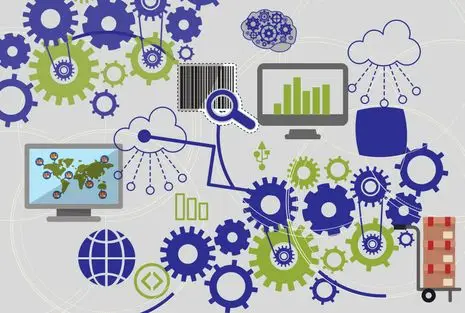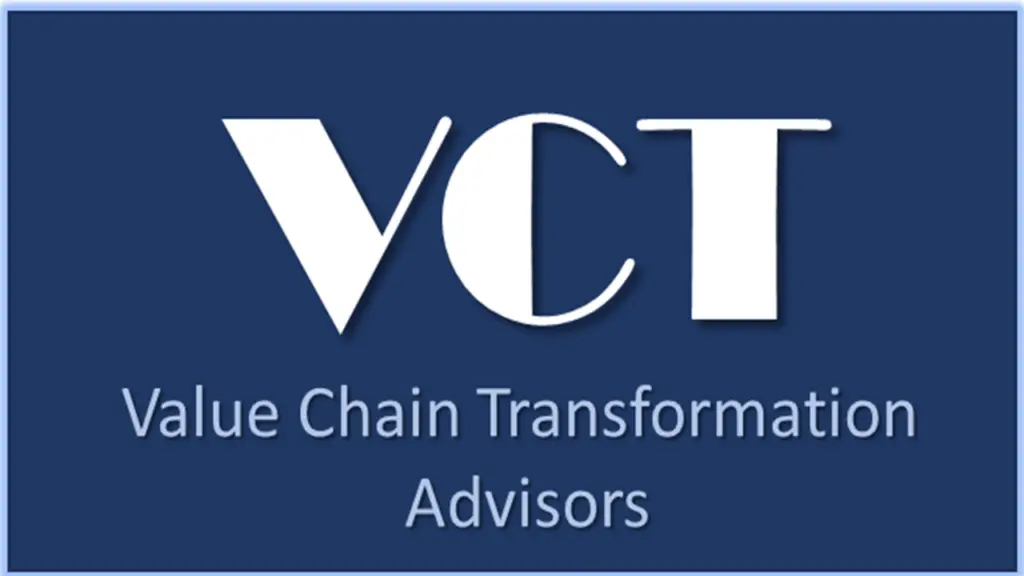
A: Machine Learning applications actually learn. By contrast, traditional applications just do.
Machine Learning is a form of artificial intelligence in which a computer actually learns from multiple data sets, which means that the Machine Learning algorithm is not entirely pre-programmed. ML does not require someone to tell it what all the predictors are, or even what the target variables are. This is quite unlike other statistical supply chain planning algorithms, where you specify exactly what variables the system will use in order to achieve the target outcome.
The table in Figure 1 shows some of the differences:
It also means that the ML algorithms keep up with changes. Whether the changes are to your product line, suppliers, customer or market demand patterns, ML will automatically detect these shifts and reflect them in its recommendations and inputs to the system. In today’s volatile and fast-changing environment, focusing your employees on those issues that have the largest impact, today, is a game-changer.
Oops! We could not locate your form.


